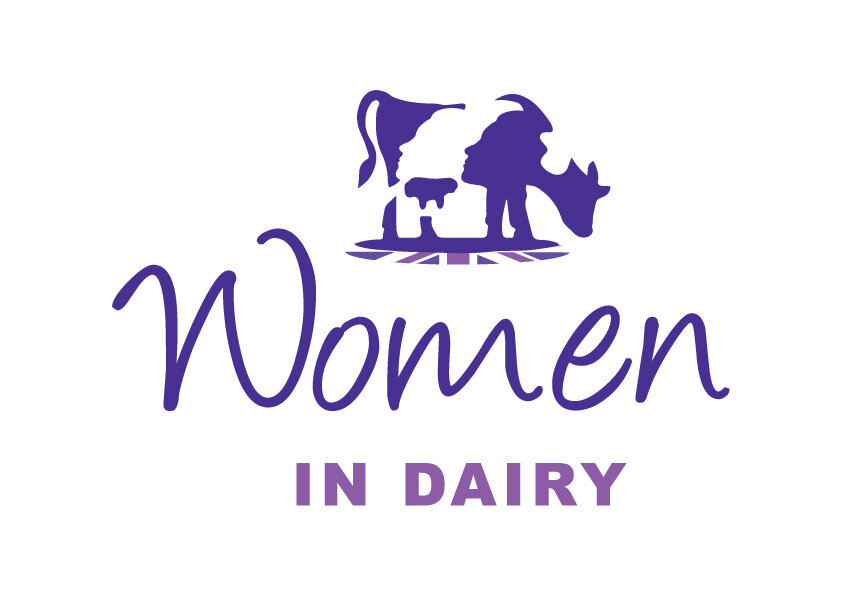Do you fine tune your calf rearing? If you don’t, you need to start. The benefits of a health and management plan can be integral to healthy calves, according to Boehringer Ingelheim’s ruminant veterinary advisor Ailsa Milnes, speaking at the latest Women in Dairy webinar.
A calf health and management plan is something that can be worked out in conjunction with your vet, the end goal being that a focus on health and nutrition, rather than a ‘wait and see’ approach, will result in less disease and higher growth levels.
Plans include looking at factors such as housing – are there any draughts? Is the area hygienic? How much space does each calf have? Colostrum – have you administered it in the first few hours? Do you measure the quality of it regularly? Farm specific plans focus on health and disease prevention by optimising the calves’ own resilience to disease. Part of this is the provision of a vaccination programme which fits the needs of the individual farm.
Pneumonia is the major disease of calves in the one-to-six-month age group and the results of BRD (Bovine Respiratory Disease) can have far reaching effects. Increased vet and medication costs, loss of income from dead/culled/less productive calves, increased time to bulling weight/finishing, increased staff time and personal stress are all factors impacting farms with BRD.
Ms Milnes says prevention is key when it comes to disease and in particular BRD.
“Get to know your enemy and which pathogens cause BRD then work out with your vet what the likely causes are on your farm. It’s important to review your own system when choosing which vaccines to use – mucosal and systematic.
“Regardless of which vaccine is used it is key to remember vaccination should be administered alongside a good management plan – not in place of one.
“Ultimately, correct vaccine use, as part of a control strategy, can reduce the incidence and impact of BRD. There’s a positive correlation between vaccination and higher eight month heifer weights.”
Volac research scientist, Dr Jessica Cooke who co-presented the webinar, emphasised the importance of early life nutrition and maximising growth through the milk feeding period.
She said “Now more than ever the impact of early life nutrition and development of dairy heifers is being recognised for its effect on lifetime health and performance.
“To maximise growth potential we need to be taking advantage of the calf’s efficient feed conversion – at its highest during the milk feeding stage. This drops from 50% efficiency, in the first two months, to 36% efficiency, when the calf is weaned at two to four months.”
In order for heifers to calve easily and enter their first lactation successfully it is important they meet the target of 85-90% mature body weight at 24 months – something that can be achieved by feeding more milk from the first days after birth.
This research conflicts traditional milk feeding systems where the milk volume offered would be increased slowly and then calves would be weaned rapidly– with proven benefits of feeding more milk from an earlier age – as early as day three after colostrum feeding – and in the case of high milk fed calves, a gradual weaning process that could last over three weeks.
For more information regarding cattle health and disease prevention please visit www.calfmatters.co.uk or call 01344 746957. For more information on Volac’s Feed for Growth initiative, visit www.feedforgrowth.com or call 0800 919 808. For further information on, or to sign up to future Women in Dairy webinars and meetings, please contact RABDF on 02476 639317 or email office@rabdf.co.uk
